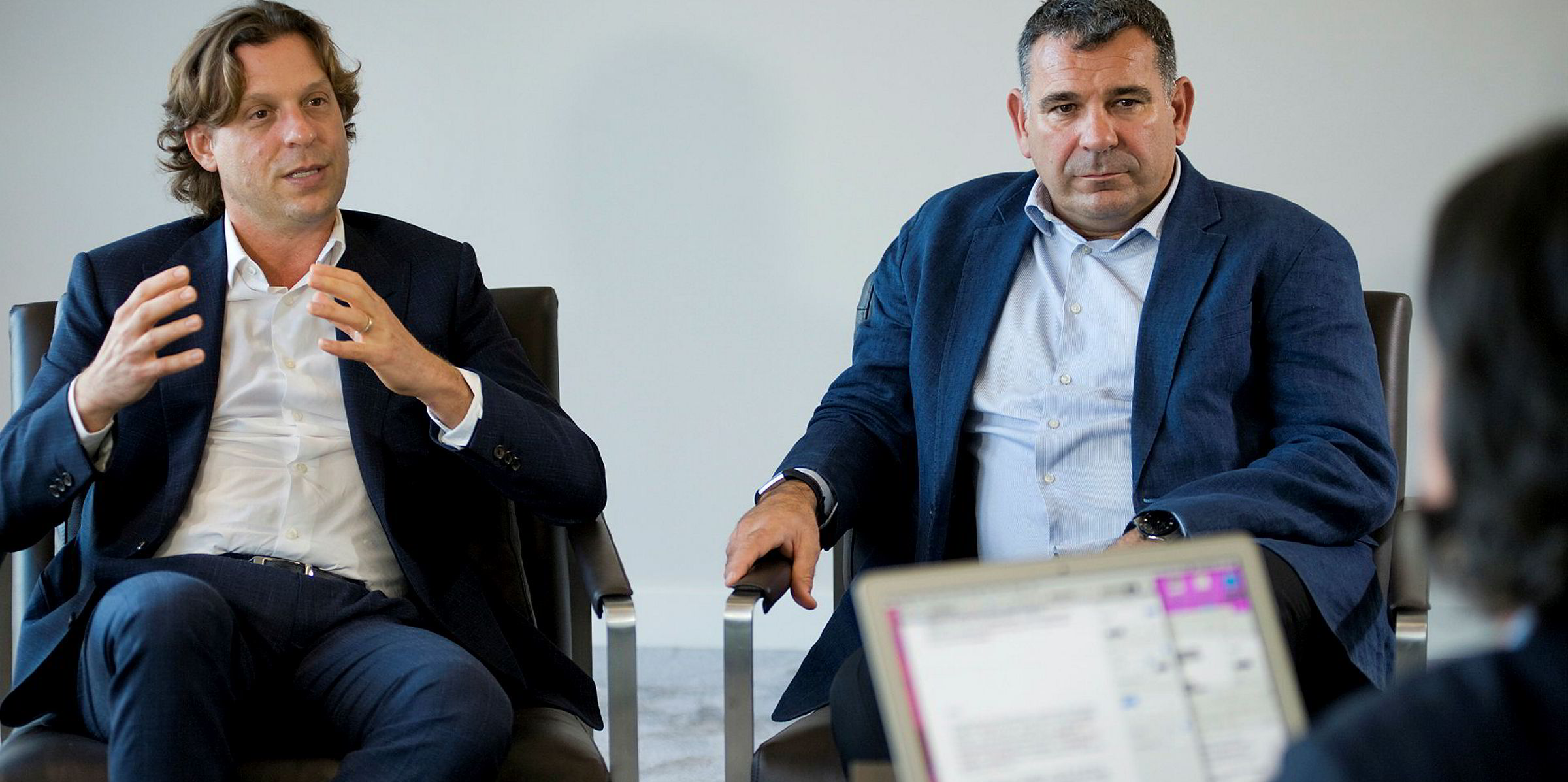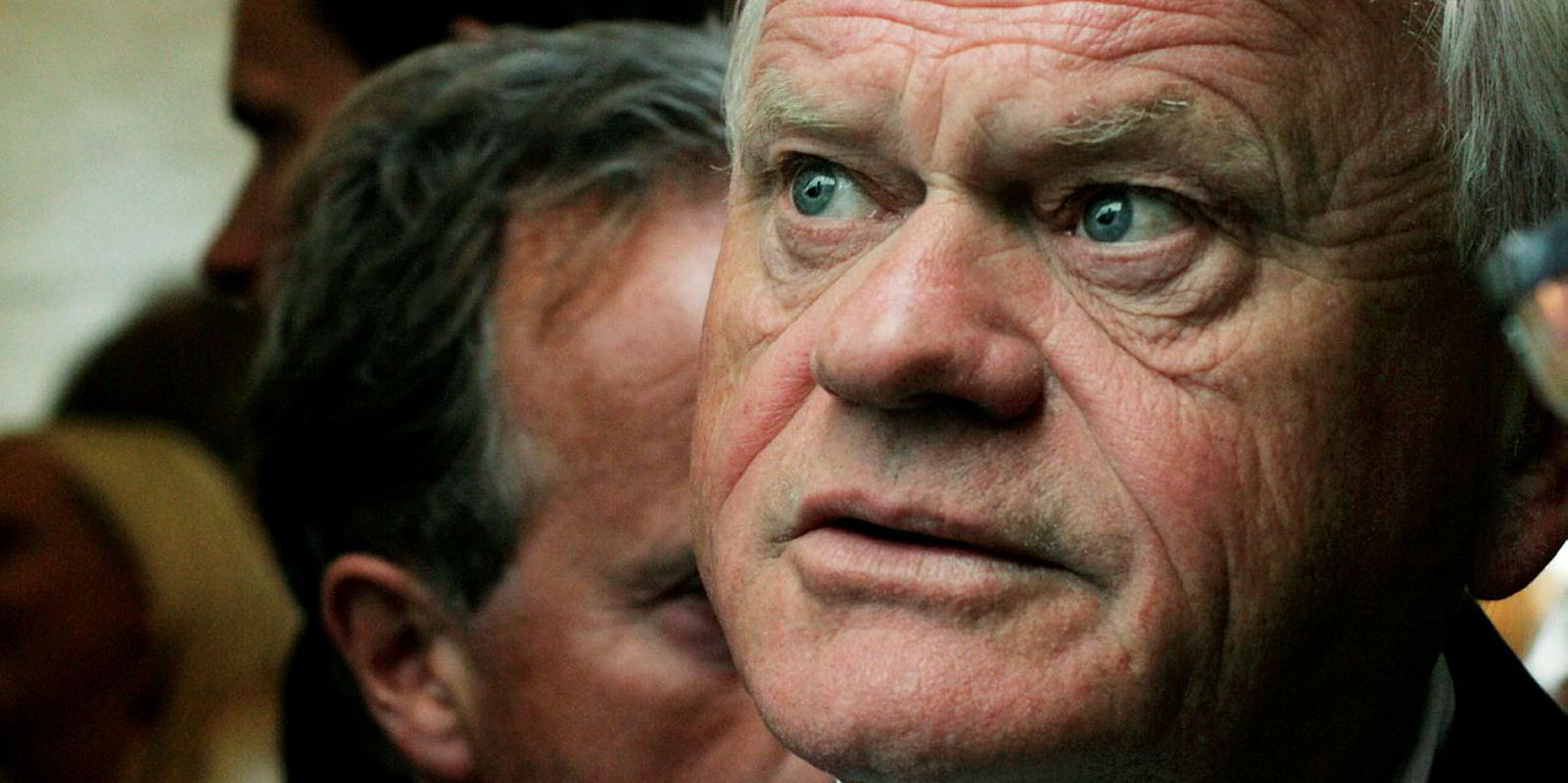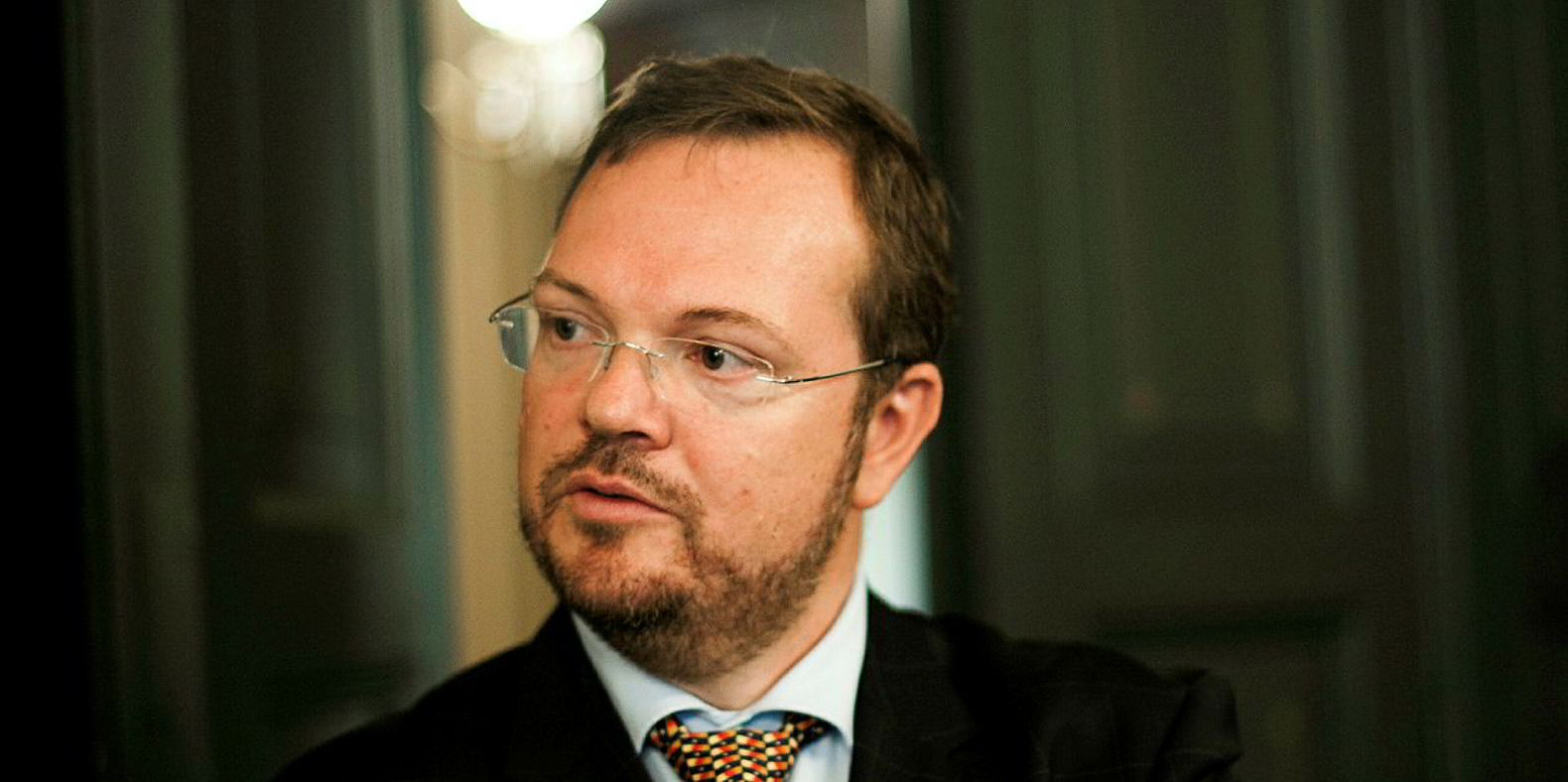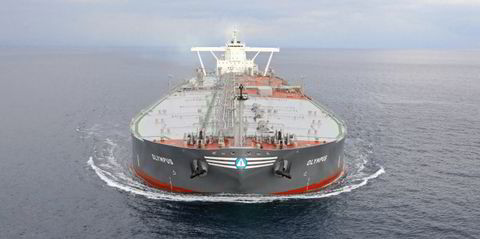Global commodities giant Trafigura is placing seven tankers with the Navig8 group in a combination of pool membership and time charters, tanker market sources told TradeWinds.
The combination of the trading behemoth with the pools-commercial management giant is Navig8’s largest addition of tankers since Bob Burke’s Ridgebury Tankers entered eight suezmaxes last October.
Trafigura is known to have had a previous relationship with Navig8, including as a pool partner.
An announcement of the arrangement was expected to be forthcoming shortly from Navig8, which generally confirmed the arrangement on Tuesday.
“We will not be disclosing specific details. That said, we are pleased to confirm an additional commitment of vessels from our close partners Trafigura,” a Navig8 spokesman said.
“The vessels will soon be added to our fleet lists and we appreciate this expansion of our long-standing partnership.”
Navig8 bills itself as an integrated group with pooling and commercial management services, listing more than 150 vessels and 35 partners across 10 pools.
The group also has made several forays into tanker ownership, raising billions of dollars to finance newbuiding programmes in product tankers, chemical tankers and VLCCs.
Most recently, Navig8’s private investment vehicle Navig8 Topco Holdings surprised the market by building a 19.6% stake in Oslo-listed LNG owner Awilco LNG in what is said to be a passive position for the time being.
Trafigura is one of the world’s largest commodities traders alongside rivals Glencore and Vitol.
The company ordered 35 tankers from Chinese and South Korean yards in 2017 and 2018 on the back of financing provided by Bank of Communications Financial Leasing.
Last year, Trafigura swapped its leasehold interests in 10 suezmaxes, 15 MRs and four LR2s from the order for cash and equity in Frontline and Scorpio Tankers in two transactions that achieved net profits of $201m in total.
The deals caught some industry players by surprise as Trafigura, despite being a major charterer, was not known for taking equity in shipping companies.
“We could have run [the 29 ships], and it would have been a very nice portfolio with very low break-even rates, because it was entered at a very opportune time,” said Rasmus Bach Nielsen, head of Trafigura’s wet freight desk, following the deals.
“But we saw liquidity. We were able to capitalise and monetise the position. It was really an opportunity that we deemed as being very attractive and the best one at the time.”







